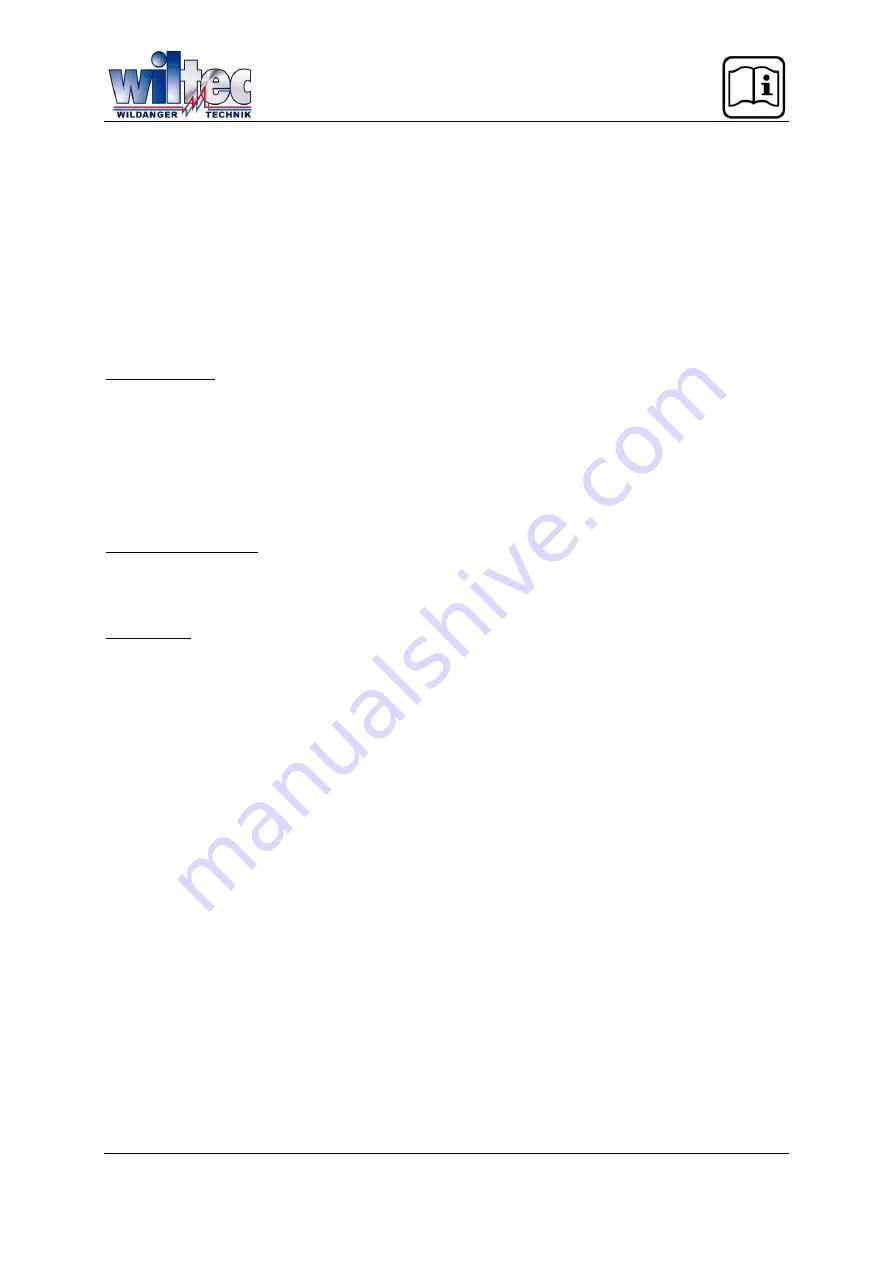
© by WilTec Wildanger Technik GmbH
Item 61123
Page 10
06 2021
-1
Tip cutting
1. If the cut is to be covered, e.g., with a ventilation cover, the corners can be overlapped to
ensure that the waste material is completely removed.
2. When the cut-out is visible, the corners must not overlap. Under these circumstances, since
the saw blade is circular, the waste material will not be completely separated. The corners
must therefore be worked with a knife. If the material is thin and the back is unimportant,
the waste can simply be pushed out.
3. When accessing the back of the workpiece, the cut-out can be marked with an oversize.
The cut is then made from the back to ensure perfect corners on the front.
Cutting of particularly resistant or abrasive materials
Soft sheet metal
1. Always set the depth adjustment to at least 1 mm deeper than the material thickness in or-
der to prevent the sheet from running over the surface. Scrap material is needed under the
work surface.
2. Remove burrs and rust, as these hinder the feed across the material.
3. Thick beeswax (furniture polish) applied to the base of the tool makes it easier to cut met-
als.
4. Only suitable for cutting brass, copper, lead, aluminium or galvanized mild steel.
5. When cutting metal, there should be a rest period of at least 3 min every 2 min.
Ceramic tile, slate, etc.
1. Use only a blade specially designed for this purpose.
2. Always use a suitable vacuum cleaner or a connected dust extraction system, as the dust
can be dangerous for the user and prevent the guide from functioning properly.
Plasterboard
1. The saw is only recommended for occasional cuts in plasterboard and must always be used
with a suitable vacuum cleaner. The dust can prevent the guard from working properly.
2. Conventional tools such as hole saws or knives usually give excellent results, but the saw
can be used when a particularly clean, dust-free cut is required or when there is a risk of
cutting pipes or cables.
Maintenance
Warning!
Preventive maintenance by unauthorized personnel can result in confusion of internal ca-
bles and components which can lead to serious hazards.
Attention!
Always make sure that the device is switched off and unplugged from the mains before
performing any inspection or maintenance. Regularly clean the ventilation openings of the tool with dry
compressed air. Never use sharp objects inserted through openings for cleaning.
Attention!
Certain cleaning agents and solvents can damage plastic parts. Some of these are: gaso-
line, carbon tetrachloride, chlorinated cleaning solutions, ammonia, and household cleaners containing
ammonia.
Warning!
If one of the following cases occurs during normal operation, the power supply must be
switched off immediately and the device must be thoroughly checked by a qualified person and, if
necessary, repaired:
•
The rotating parts get stuck or the speed drops abnormally.
•
The tool shakes abnormally and is accompanied by a strange noise.
•
The motor casing becomes unusually hot.
•
There are strong sparks in the engine area.






























